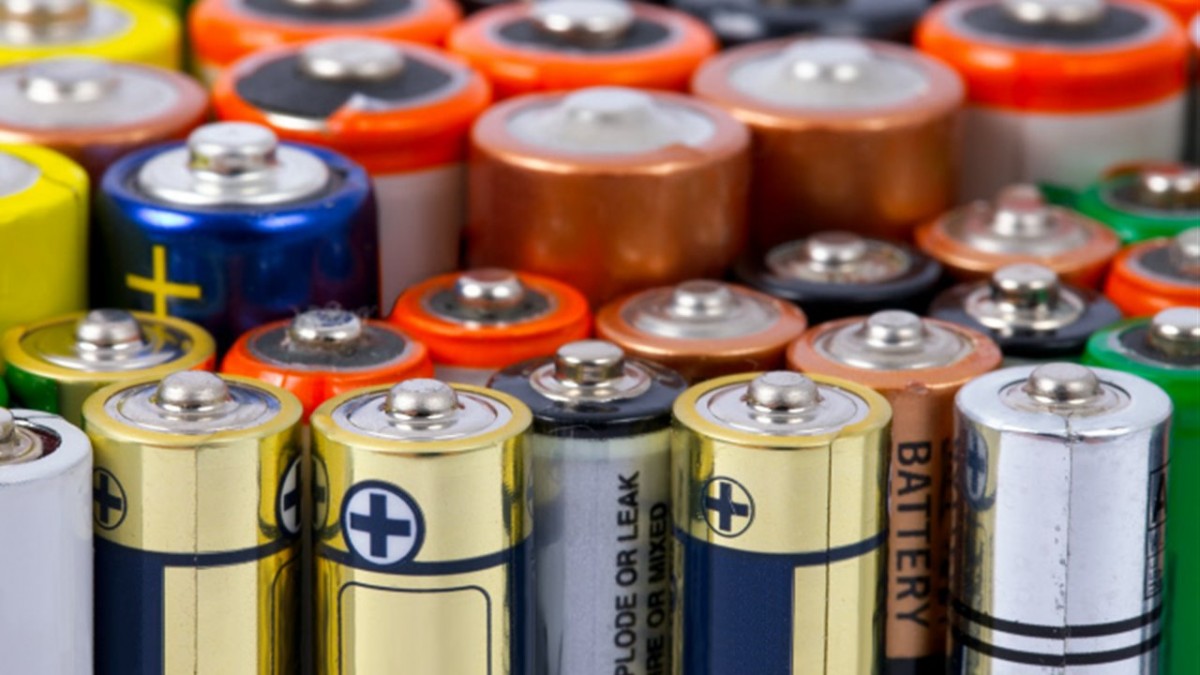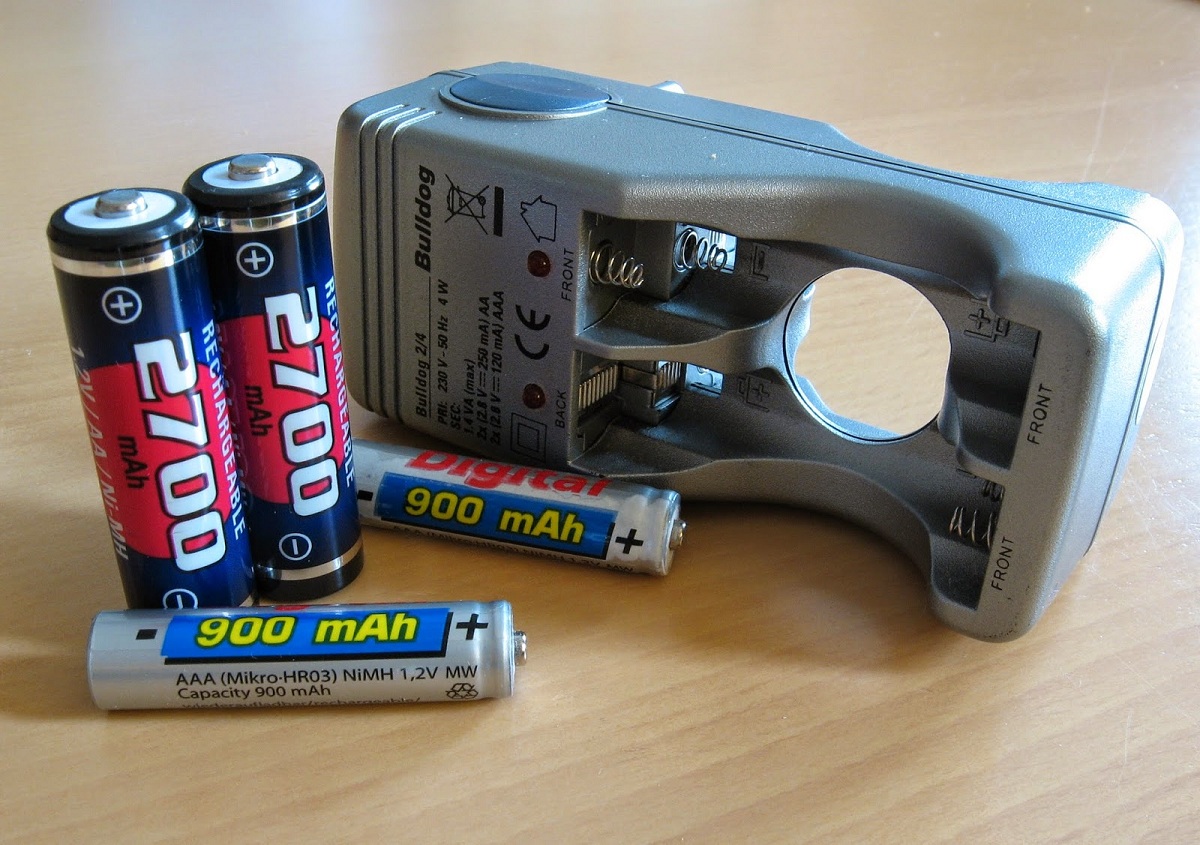
In the market we can get different types of batteries depending on its characteristics and the utility that we are going to give it. We know that batteries are nothing more than voltaic cells that provide consumers with the advantage of carrying electrical energy with them anywhere, whenever conditions allow it.
In this article we are going to tell you about the different types of batteries that exist, their characteristics and uses.
Key features

Let's see what are the main characteristics of batteries. Generally, batteries can be found in isolation, although they are also coupled with each other both in series and in parallel. This set of batteries well to be the same as a battery. The term battery cell is often used indiscriminately, even though they are the same. Only, the vast majority of rows cannot be recharged from while batteries can.
Stacks can come in countless colors, shapes, and sizes just as they can be made of one material or another. The most important thing in life is the internal structure, which is where the chemical reactions that are responsible for generating electricity take place. These varieties of the internal structure are what serve to differentiate one from another. For example, among the most common batteries we use are alkaline batteries. The alkaline finish refers to the medium where the release and flow of electrons occurs. This medium is basic, that is, it has a pH greater than 7 and it is dominated by anions and other negative charges.
Classification of battery types

We are going to see what are the different types of batteries depending on their use and their characteristics. We are going to know the scenario in which they are globally classified as primary stacks and secondary stacks.
Primary batteries
This type are those that, once consumed, must be discarded or recycled. And it is that the chemical reaction on which sustains this electric current is completely irreversible. This makes the battery unable to recharge. They are mainly used in applications where it is impractical to recharge electrical energy. For example, we have military devices in the middle of the battlefield. Also, they are designed for equipment that does not consume much power, so that they can last longer. Another example of the use of primary batteries is remote controls and portable consoles.
Alkaline batteries belong to the type of primary batteries. The most normal ones have cylindrical shapes, although it does not imply that they can also be secondary or rechargeable.
Secondary batteries
Unlike the primaries, this type can be recharged once they have run out of power. This is because the chemical reactions that occur within them are totally reversible. A certain voltage can be applied to them to re-cause a kind of product that transforms the reactant again. In this way the chemical reaction begins.
Some secondary batteries are known as batteries and are usually small in size. However, are intended for devices that consume more energy and for which the use of primary batteries would be impractical and economical. For example, cell phone batteries contain and secondary. They are usually designed for large equipment or circuits such as car batteries that are made up of several batteries or voltaic cells.
The most normal thing is that these will be more expensive than the primaries, but for the long term they end up being a more suitable and effective option.
other aspects
Whether they are primary or secondary batteries, they are classified according to the shape they have. The cylindrical, rectangular or button or are also classified depending on the device for which they are intended. Here we find cameras, vehicles, calculators, etc. Another feature is the voltage. They range from 1.2 to 12 volts and like their useful life and prices are classified in different aspects.
Battery types

Let's see what is the list of types of batteries that exists:
- Carbon-zinc batteries: They are the most primitive and are currently considered almost in disuse compared to other types. Compared to alkaline batteries, they have a lower cost, but a shorter life time and a lower voltage. They are composed of zinc and a graphite rod.
- Alkaline batteries: They are very similar to the previous ones, with the difference that the medium where the electrodes are located contains OH- anions. 1They usually come in different voltages and sizes, although the most common is 1.5 V. They are the best known in the entire market.
- Mercury batteries: they are the ones that are often confused with the silver dioxide battery. They are very characteristic for their peculiar silver button shape. They are also alkaline but mercury oxide is incorporated apart from manganese and graphite dioxide. Small devices such as watches, calculators, toy controls, etc. are usually intended.
- Silver oxide: The main defect that these batteries have is that when they are discarded they represent a serious problem for the environment. And it is that this metal has great toxic properties. Silver oxide is much more expensive than mercury but is less polluting.
- Nickel-cadmium batteries: This is a type of secondary cell or battery. Like mercury, they are quite harmful to the environment because of the metal cadmium. They are characterized by generating high electrical currents and can be recharged a large number of times. They can usually be recharged about 2000 times, which gives it extraordinary durability.
- Nickel-metal hydride batteries: It is another of the best known and surpasses the previous ones in energy capacities. It can be seen frequently in cylindrical formats attached to a battery. It has the same characteristics as previous cadmium batteries but differs mainly in its negative electrode. The cathode is not cadmium, but an intermetallic alloy of rare earths and transition metals.
I hope that with this information you can learn more about what are the different types of batteries, their uses and their main characteristics.